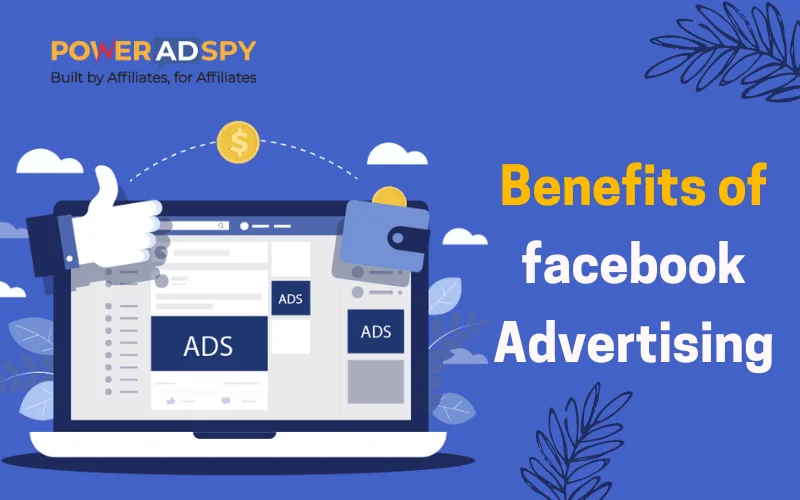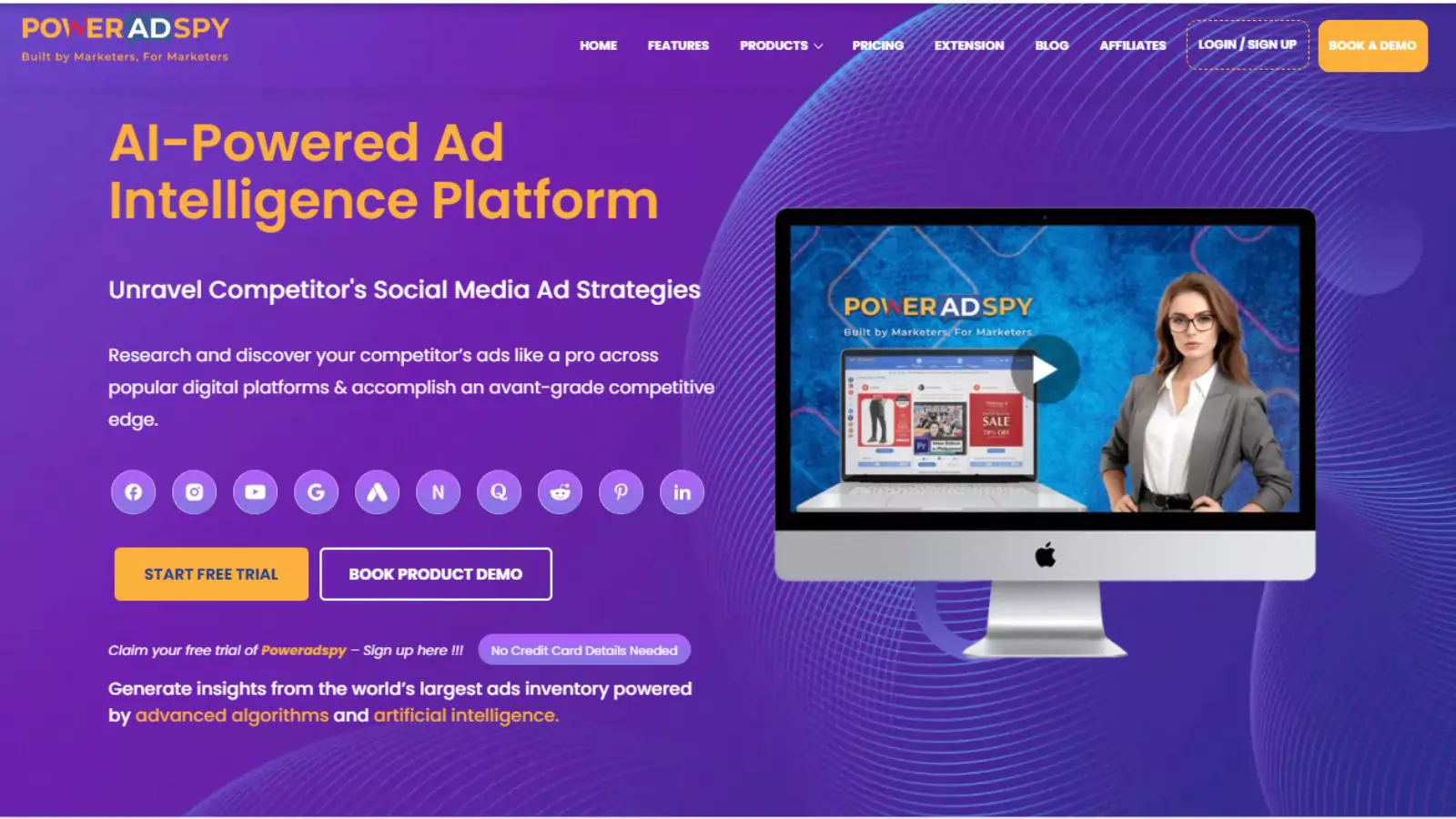Comprehensive Guide to Facebook Advertising Click Through Rates
Facebook is currently more than just the most popular social media network in the world. It’s also every advertiser’s paradise with more than a billion active users and amazing targeting and analytics options. But if you are already using the platform for advertising and you’re here to find out how to measure your results, in this piece we will reveal all you need to know about Facebook advertising click through rates.
Listen To The Podcast Now!
What is Facebook ad click through rates (CTR)?
Facebook ad click-through rate is an important advertising benchmark that businesses can use to evaluate their ads’ performance on the platform. Facebook’s official definition for CTR describes it as the percentage of times people saw your ad and performed a link click. It basically measures the number of users who click on your ad against the number of impressions.
Marketers on Facebook use this ratio to determine the success of an ad, landing page, ad images, or an entire website.
According to a recent WordStream study on this, the average click-through rate for Facebook ads across all industries is 0.90%.
How is CTR calculated?
As mentioned above, you calculate Facebook ad click through rates by dividing the number of clicks on your ad link by the number of impressions your link receives. Since it is an average metric, it takes into account the CTR of the overall advertising campaign rather than for each individual keyword.
It looks at the whole picture in order to serve as a summary. However, at the same time, it overlooks specifics such as which keyword your ad ranks better for.
How is Facebook ad click through rate used?
Facebook ad click through rate indicates how many link-clicks your ad gets compared to how many impressions it received. As a result, online advertisers commonly use it as one of the important Facebook ad metrics to monitor how their ads are driving traffic to their websites or other destinations outside Facebook.
A high average CTR would obviously indicate that your ad and the link included in it are drawing attention and traffic to your website. This translates into more audience for the offer, product or service you are promoting.
On the other hand, a low average CTR might mean that your ad copy or headline isn’t effective. At the same time, you may need to redefine your targeting options as you are showing your ad to the wrong people. It can also mean that you are spending money on the wrong keywords.
An important thing to mention for companies that use CTR to measure their performance is that Facebook rewards advertisers who create advertisements with good CTR for Facebook ads. As such, ads that have high CTRs get a discount, meaning advertisers will pay less for ads.
What is a good CTR?
All advertisers who use this metric to measure their campaigns’ performance ask themselves this question, just to know if they’re doing ok. However, this is a tricky question to answer as CTRs are influenced and affected by a series of factors that marketers can’t control. They are the industry you’re part of, channel, product, niche, target audience, and more.
In order to understand a good CTR, it would be a good idea to compare your own ads by split testing them. Make small changes in your ad variants and test them against each other. You will be able to see what your audience likes or doesn’t like.
You can change things like creative elements, the copy, call to action, headlines, or even graphics. After this, see which return the best average CTR. Keep doing this for every ad to improve your campaign’s performance.
Also Read:
Top 8 Facebook Ad Metrics That Are Worth Tracking
Facebook Audience Insights: How to Optimize Your Ad Campaigns
Things To Consider When checking your Facebook ad click through rate –
It’s very important to know what to look for when checking your CTR. First and foremost, it’s crucial to take into account the type of post you want to monitor. Otherwise, the results may be misleading. For instance, ads that include photos and videos will have a higher CTR compared to a simple article you share. That’s because people are more likely to watch an engaging video than read a lengthy post.
Additionally, pay attention if it’s a post that links to another. When reading the CTR, make sure you look at the one for your own post or the link itself. The CTR will be quite different for the two posts and the one for the initial post you are sharing can be irrelevant when evaluating your advertising.
How to check your CTR?
There are two ways of checking the CTR for your Facebook ads: through URL tags and URL shortening.
URL tags
They are small bits of code that Facebook allows you to add to your ad link. These are unique URLs. They can help you monitor your CTR by using services like Google Analytics to filter visits and see the number of users who landed on your page by clicking on the link in a specific ad.
URL shortening
Services like bit.ly or goo.gl can also be used to monitor the CTR of your ads. You can log into the URL shortener dashboard and see how many clicks you get for the shortened link.
Leveraging PowerAdSpy for Facebook Ad Click Through Rate:
When it comes to mastering Facebook Ad Click Through Rate (CTRs), having the right tools at your disposal can make all the difference. One such tool that stands out is PowerAdSpy. This powerful platform offers advertisers a deep dive into the world of Facebook ads, providing invaluable insights that can supercharge your CTR strategies.
Incorporating PowerAdSpy into your Facebook advertising toolkit can revolutionize the way you approach CTR optimization. By leveraging its robust features to gain a deeper understanding of competitor strategies, unearth high-impact ad formats, Facebook audience insights, and monitor industry trends, you can propel your CTRs to new heights and achieve greater success in your advertising campaigns.
Parting thoughts
As a conclusion, we can say that CTR is not the ultimate parameter to use to measure your ads’ performance, and there is no right CTR. This is only one metric among many others. Moreover, high Facebook advertising click through rates cannot guarantee success. This is because some advertising campaigns can get high CTR due to unqualified prospect, uninterested customers or even bots. It’s important to keep an eye out for other metrics as well. As CTR doesn’t tell the whole story, the conversion rate and return on investment (ROI) are also crucial metrics to track.











